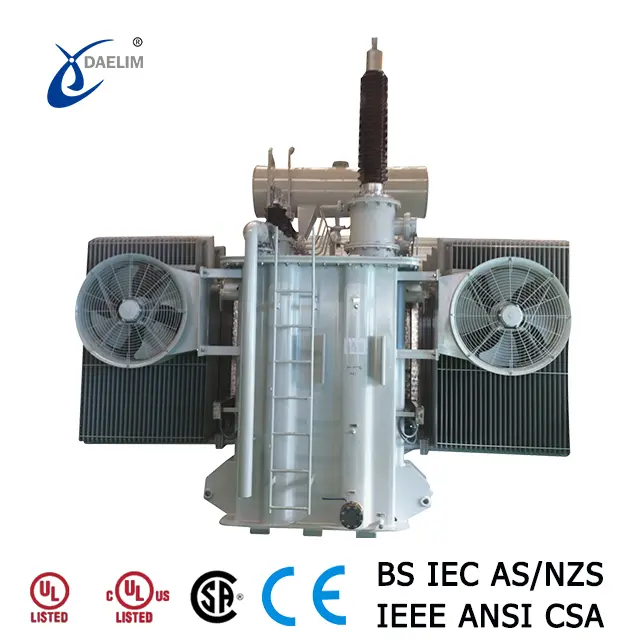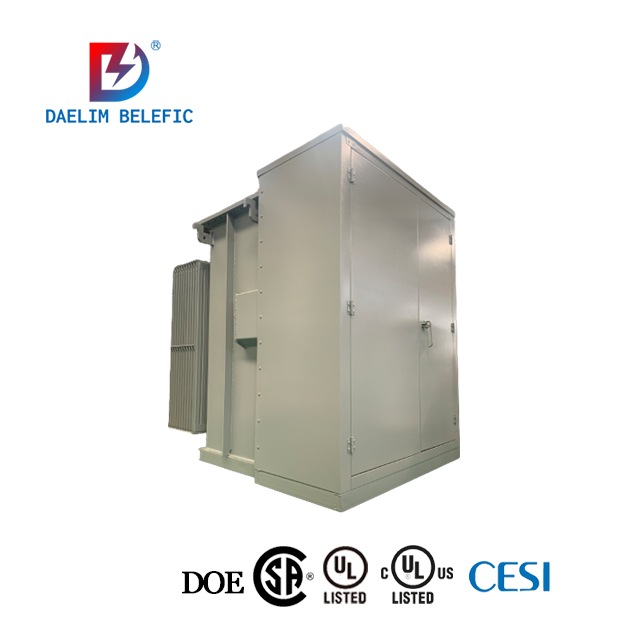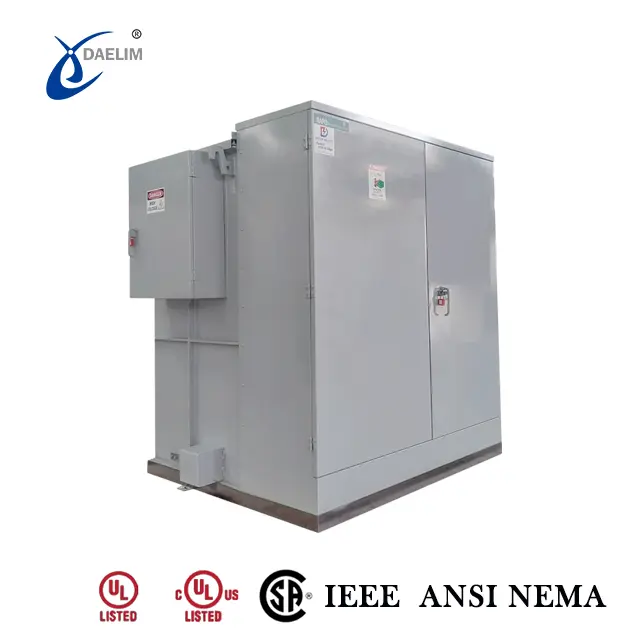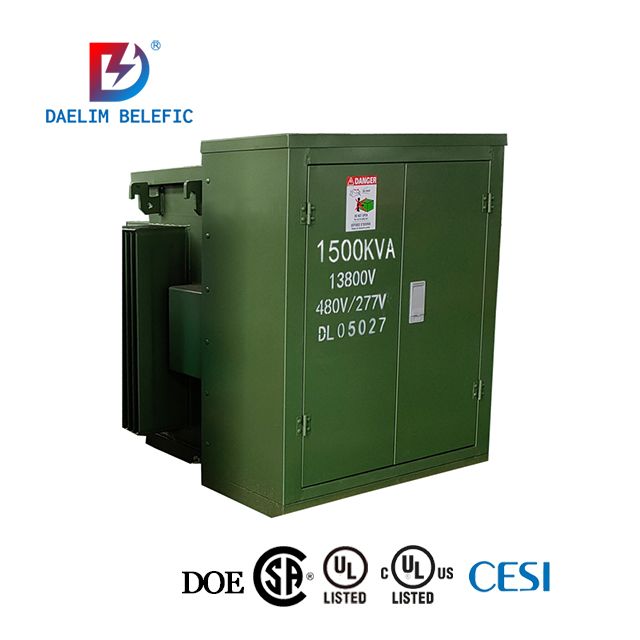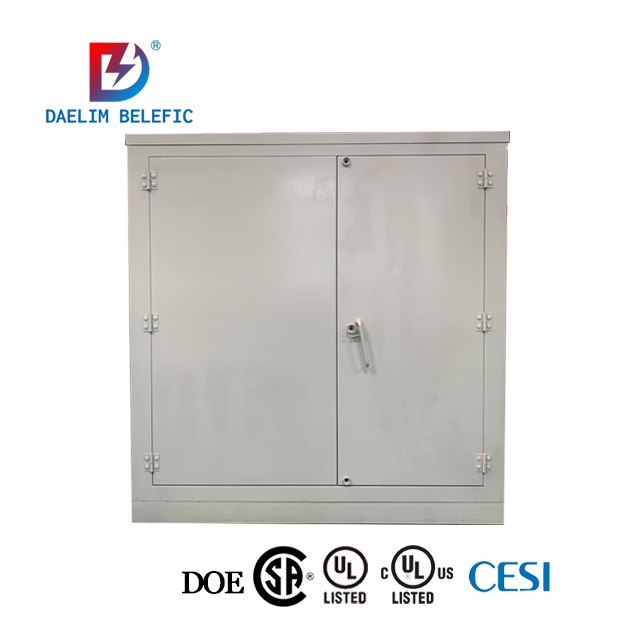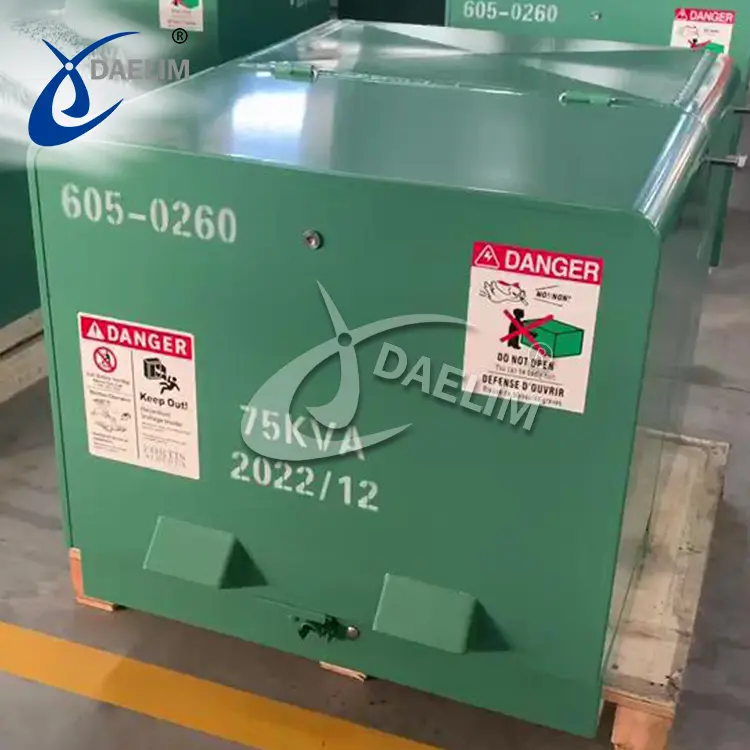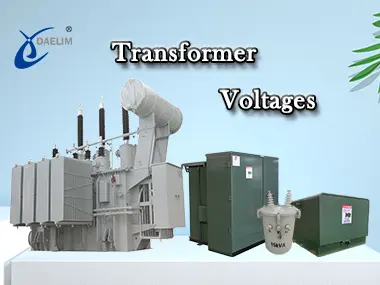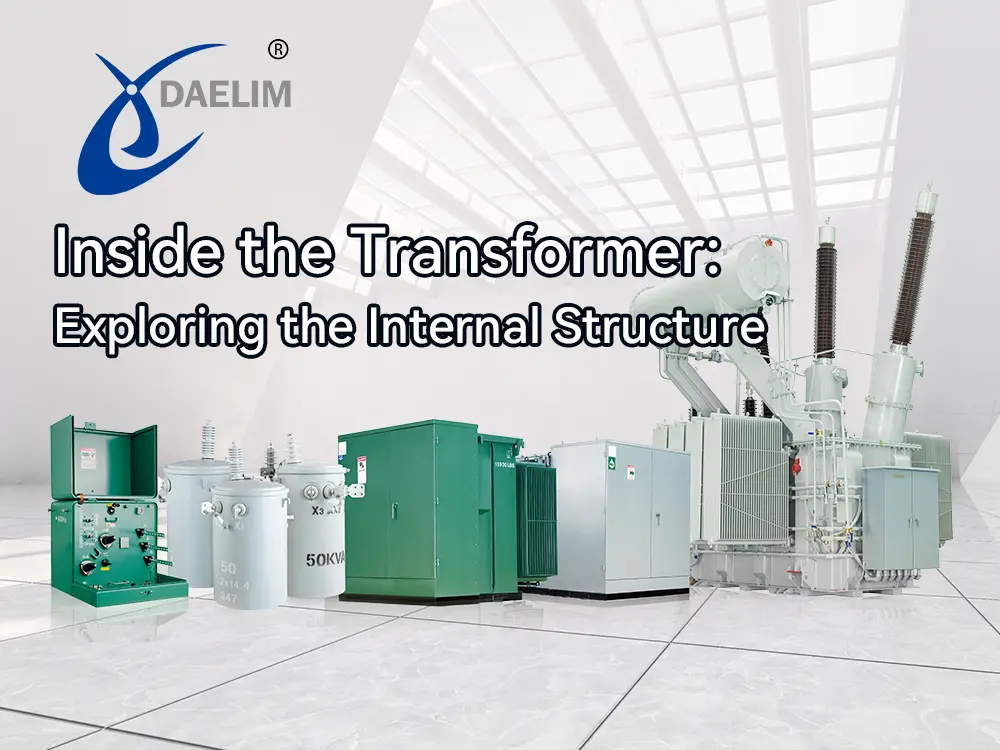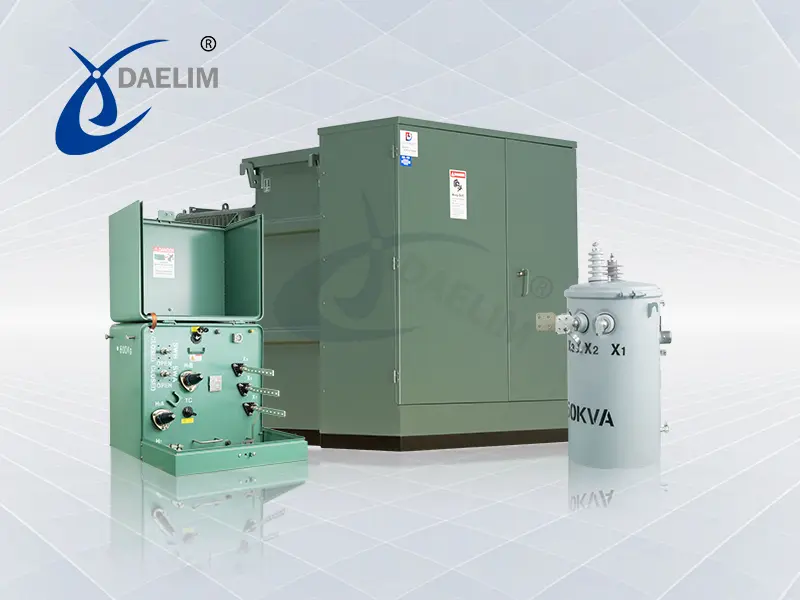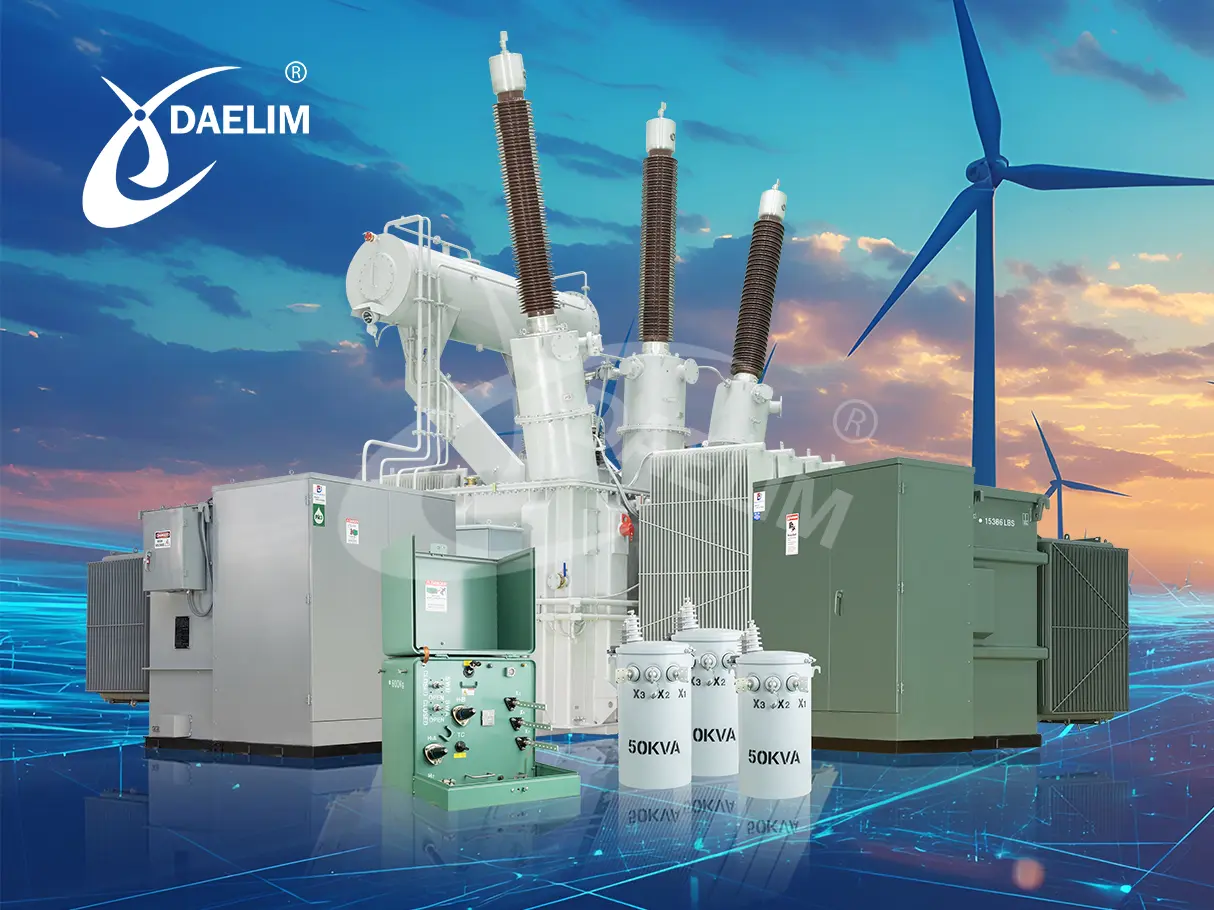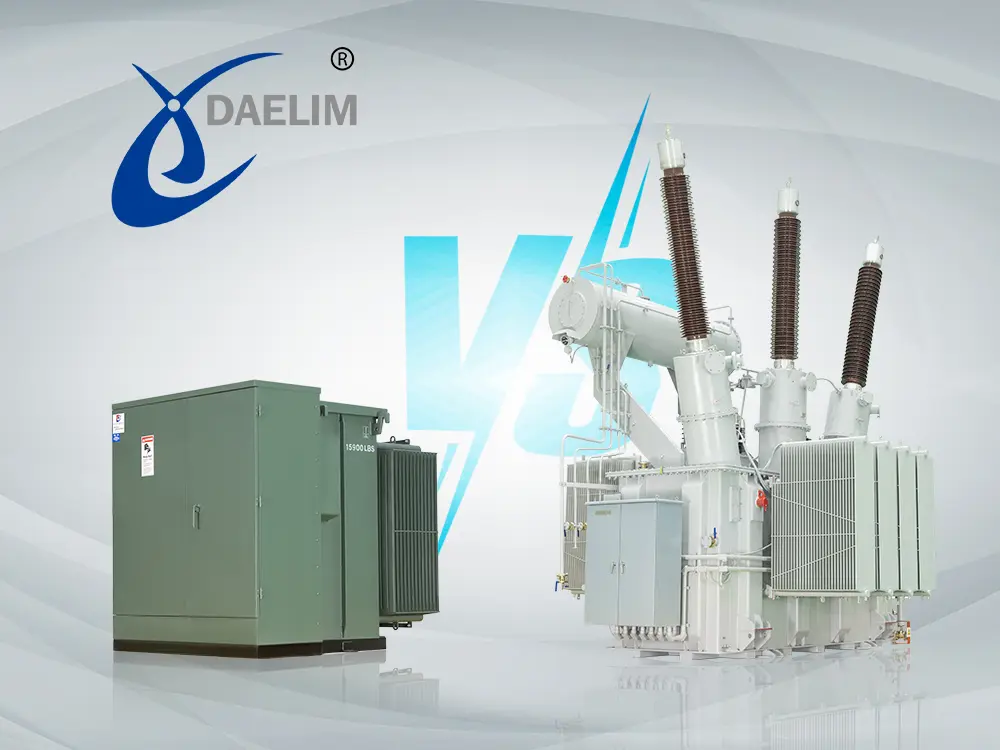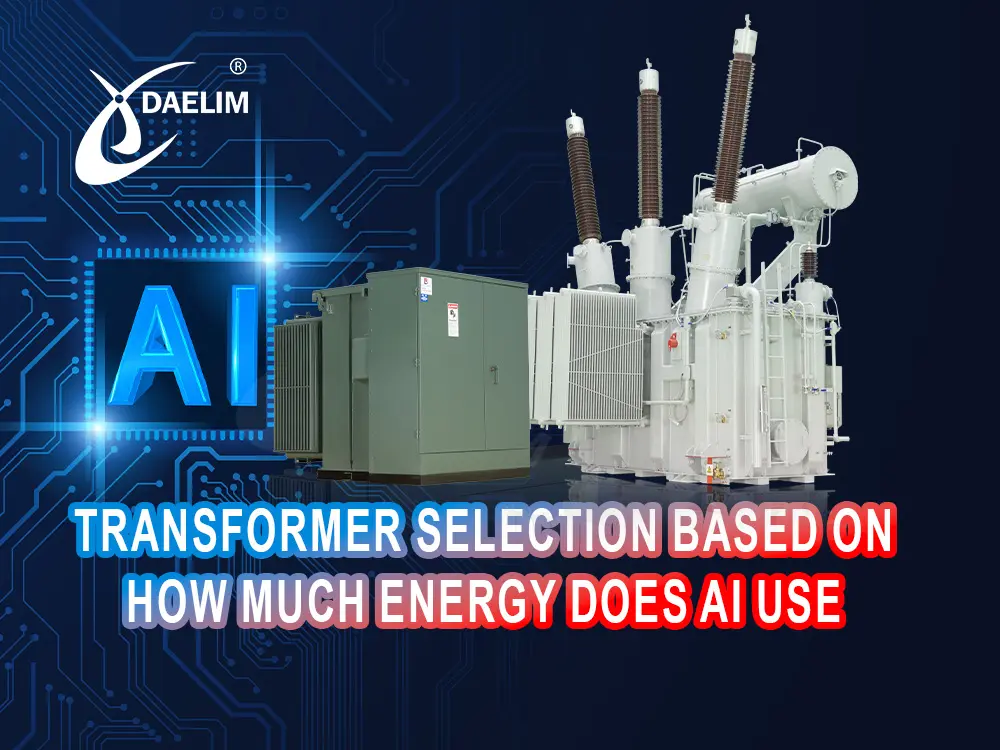Purpose of transformer oil and its Capacity
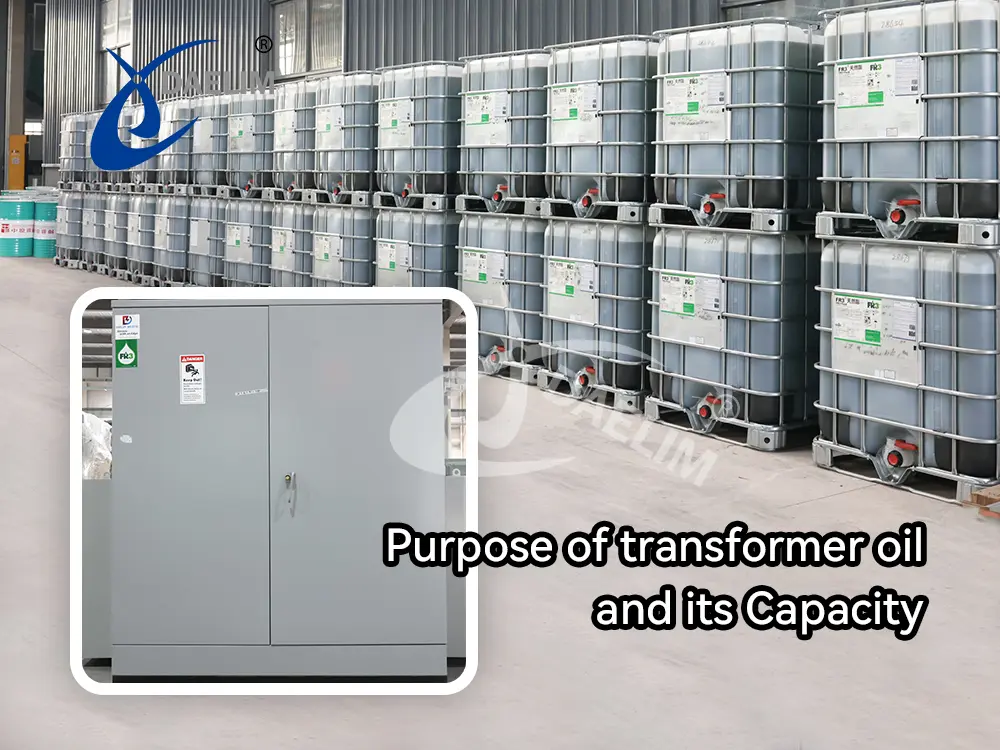
The transformer oil and the specific quantity of that oil in an electric transformer play’s three important roles.
- Transformer Cooling
-
Core and Winding insulation
- Core and Winding Isolation
Transformer Cooling
The transformer oil you see in your oil type transformer, play’s an important role in its cooling system. Whatever type of transformer cooling system your oil type transformer has, oil always plays an important role in its cooling.
Oil surrounds the winding of your transformer and absorbs all the heat it produces. This oil then transfers that heat away from the winding and to the transformer tank body that then further radiates it to the atmosphere. So transformer oil and its specific quantity plays an important role in transformer cooling.
Core and Winding insulation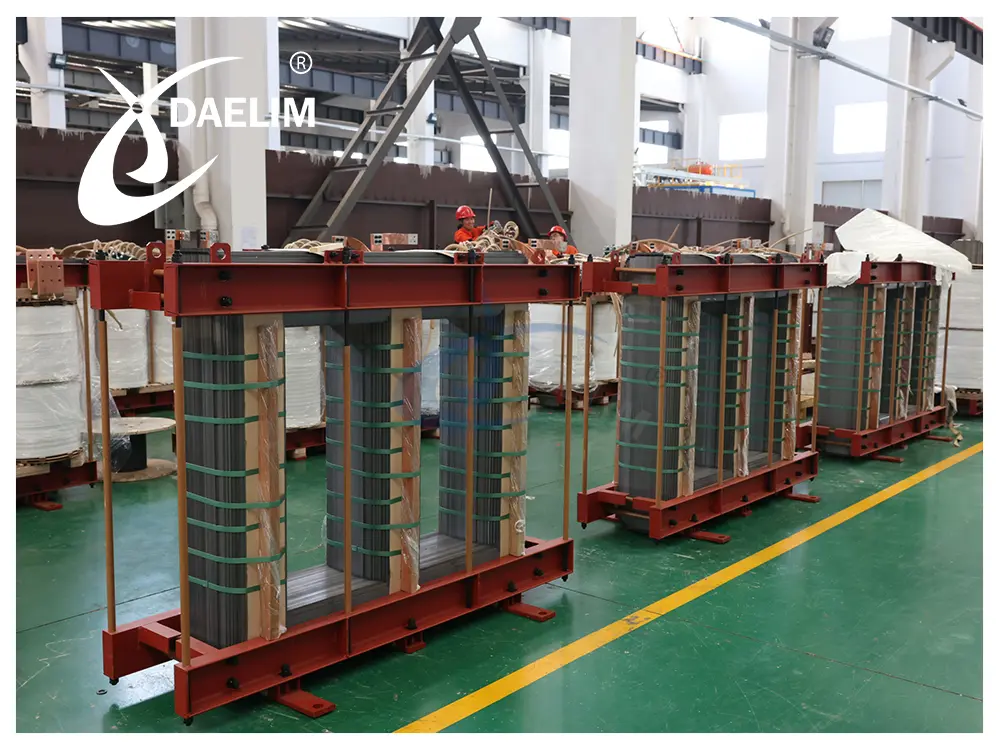
Your transformer core needs proper and complete insulation from your transformer winding and the oil your transformer has helps in that insulation. The transformer oil being a dielectric helps provide insulation between your transformer core and winding. It also helps insulate winding and core from any type of short circuit that might happen due to loose external connection.
Core and Winding Isolation
Right oil capacity of transformer not only insulates your transformer properly, it also isolates your transformer from the external environment. It isolates your transformer from any type of dust, debris, and other foreign objects. It also helps protect all other transformer parts that are inside the transformer tank from moisture and rusting.
Importance of Oil Capacity of Transformer
Each transformer has a specific oil capacity and that capacity needs to be filled 100% all the time during the useful life of your transformer. Anything less than the recommended oil capacity of transformer can prove catastrophic for your transformer. Few things that can go wrong are,
- In oil type transformers, oil is the only mode for waste heat removal and it’s so important that all transformers have a little reservoir called a conservator. If your transformer has little less oil in the tank than its oil capacity, then this will seriously affect your transformer cooling process and can result in transformer blow in extreme conditions.
- With less cooling due to low level of transformer oil, initially your transformer will face efficiency issues and if this goes for a long time. This can reduce your transformer's useful life.
- If your transformer oil level is reduced to such a low that your transformer winding is being exposed. Then they will lose their insulation and your transformer might short circuit due to weak insulation.
- Similar to weak insulation, low oil level can result in no isolation from dust, debris, and moisture. Thus increases the potential of winding contamination.
So the right oil capacity of transformer is really important.
More resources:Exploring the Benefits of FR3 Oil vs Mineral Oil Transformer
Factors Affecting the Oil Capacity of Transformer
With certain purposes and its importance, there are some certain factors also that affect the oil capacity of transformers. We will discuss each of them in detail here as they are very important for you to know before knowing why each transformer has a specific quality of oil in it.
Transformer Type and Design
What specific type and design of transformer you are observing plays an important role in how much oil will be inside the transformer. Each company designs and develops transformers based on their own research, design, and customer requirements. So you will find different oil capacity in different transformers. 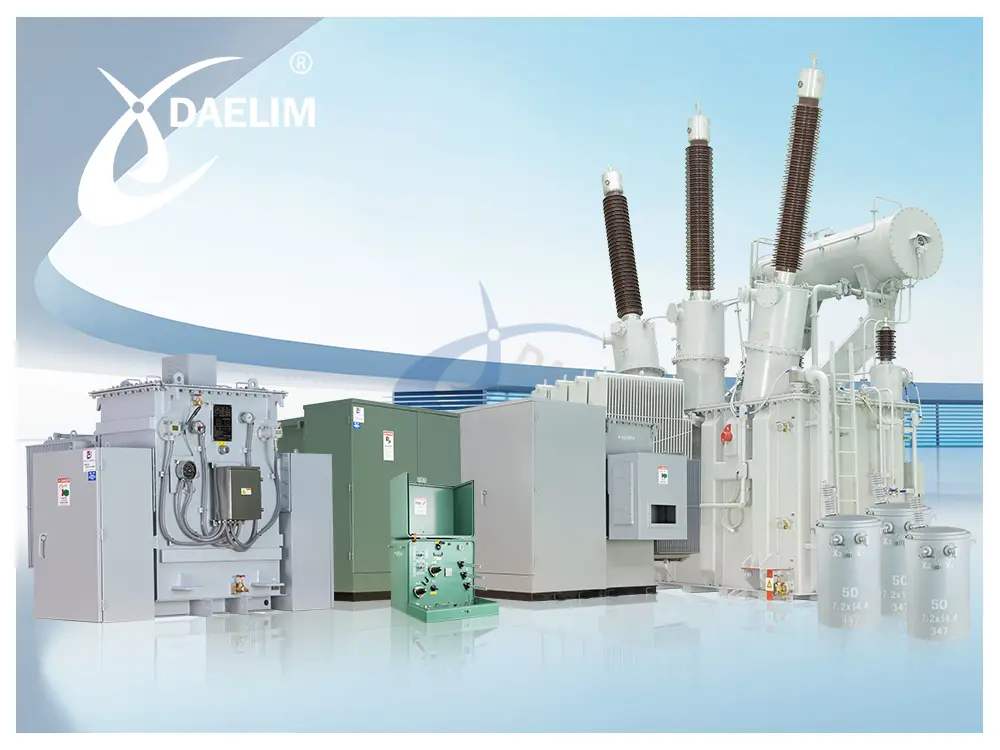
Oil capacity of a transformer also depends on the cooling mechanism designed for a specific transformer. If you are looking at a dry type transformer, you will observe that they have zero oil capacity as these transformers do not need oil for cooling, insulation, and isolation purposes. The small size distribution transformer that you might see hanging on the poles might not have any oil at all. They might use a dry type transformer.
Transformer designs that support natural convection based cooling require more oil capacity as compared to those that need a forced convection based cooling mechanism. Similarly transformers designed with specific heat exchanger or other cooling mechanisms need more oil to maintain a specific level inside the transformer tank.
The distribution transformers you see are designed and developed to distribute electricity at your local distribution center and rely mostly on a natural convection process for cooling. So they have a considerable amount of oil in them.
The power transformer you might see on visiting power plants holds a large quantity of oil. As these transformers always manage high electrical power, the cooling system requires a dedicated cooling mechanism and a decent quantity to support that mechanism. These transformers always have the most amount of oil than any other type of transformer.
Related Article:Transformer Design: Step by Step Guide for Safety and Reliable Power Flow
Transformer Size and Power Rating
After the type and design of the transformer, you also need to consider the size and power rating of each transformer. There is a simple relation here, bigger the size and higher the power rating of any specific type and design of a transformer, more will be oil needed inside the transformer tank for cooling, insulation, and isolation purposes.
A small distribution transformer with power rating below 100 kVA and that is designed for oil cooling might have 50 to 100 liters of transformer oil. In medium or large size distribution transformers that have power ratings of 100 to 1000 kVA and above 1000 kVA respectively, you might find anything from 200 liters to 1,500 liters or more.
The same rule of bigger and more will apply for power transformers. A small size power transformer with power rating of 1 to 10 MVA can have anything from 1000 to 5000 liters of oil. The oil capacity of a medium size power transformer with power rating of 10 to 50 MVA is in the range of 5000 to 15000 liters and in a large power transformer with power rating of above 50 MVA you can expect anything from 15000 to 25000 or even 50000 liters of oil.
Learn more :Ultimate Guide To Transformer Sizes and Ratings
Operating Conditions
It's not only the transformer type, design, size, and power rating that define the oil capacity of a transformer. The operating conditions in which the transformer has to perform also plays an important role in their oil capacity. 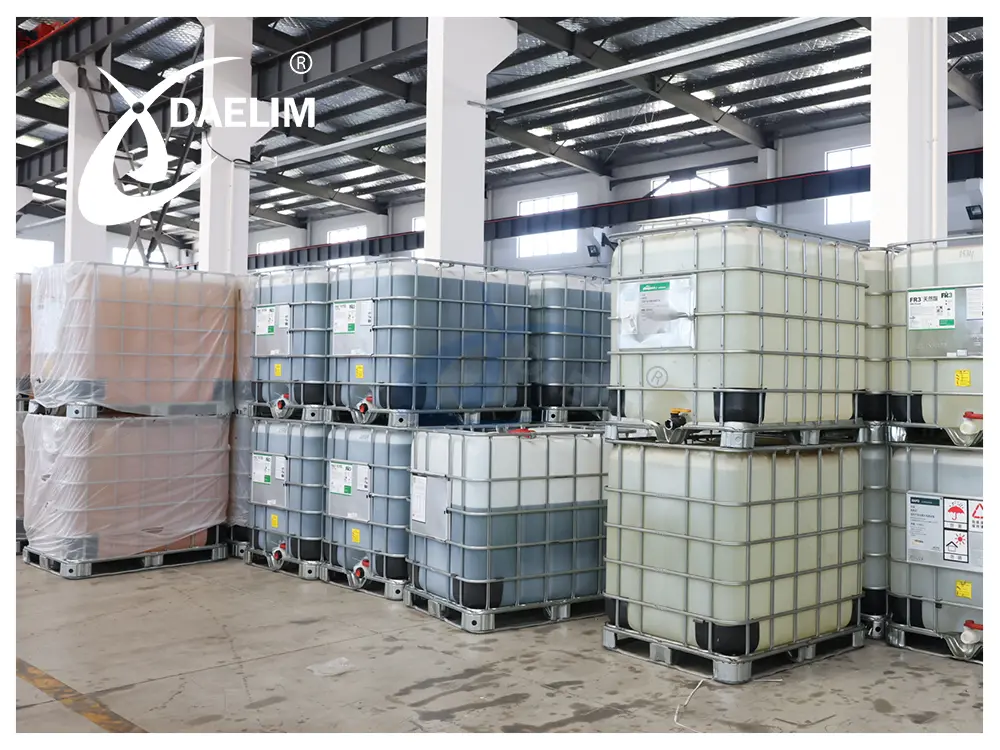
Transformers that are installed in the open atmosphere and in areas where temperature goes quite high during hot summer days, need more oil for cooling purposes than the transformer of the same type, size, and power rating that is installed in areas where temperature remains moderate throughout the year.
Similarly transformers installed for applications that continuously need them to work on 100% of their load capacity like industrial installations need more oil for cooling and insulation purposes rather than transformers installed in residential areas that need 50 to 75 % of their load capacity.
Oil Type and Quality
Oil type and Quality also plays an important role here. Some companies or projects due to their budget constraints use more cheap oil whose heat dissipating properties are not that good. This makes the transformer work ok but reduces the overall cost of the transformer due to cheap oil use.
Some applications need high standard oil for their transformer, so a small quantity of high quality oil can do the work. So the oil capacity of the transformer also depends on the type and quality of oil as well.
Reading more about:The complete guide to Transformer Oil
International Standards Associated With Transformer Oil
There is no specific international standard that tells what is the oil capacity of a transformer but there are standards that regulate the use of mineral oil in transformers and other similar electrical devices.
International Electrotechnical Commission (IEC)
The international electrotechnical commission issued recommendations for use of mineral oil in transformers. The IEC 60296 is a standard issued for use of unused mineral oil for all types of transformers. This standard provides specifications and testing methods that oil needs to have and pass before used in transformers. Similarly IEC 62975 provides specific guidelines for use of and maintenance of natural ester liquid and IEC 61125 provide performance criteria for transformer oil based on their oxidation stability.
American Society of Testing Material ASTM
The American society of testing materials also issue their own standards like ASTM D3487 for the use of mineral insulation oil for electrical apparatus like transformers.
British Standard European Norm BS EN
British Standard European Norm also issued standards for transformer oil that will be followed in all of the European Union and other countries that follow British Standard European Norm. Their standard including BS EN 60296 and BS 148 regulated the use of unused mineral insulating oil and used on reclaimed mineral insulating oil for transformers respectively.
Typical Oil to kVA Ratios
While oil capacity varies with transformer design and rating, typical oil to kVA ratios offer general benchmarks.
| Transformer Power Rating (kVA) | Oil Volume Range (Liters) |
| Up to 100 kVA | 50 to 200 liters |
| 100 kVA to 1,000 kVA | 200 to 1,500 liters |
| 1 MVA to 10 MVA | 1,000 to 5,000 liters |
| 10 MVA to 50 MVA | 5,000 to 15,000 liters |
| Above 50 MVA | 15,000 to 100,000 liters |
These figures provide a starting point but may vary based on cooling and insulation requirements.
Transformer oil quantity calculation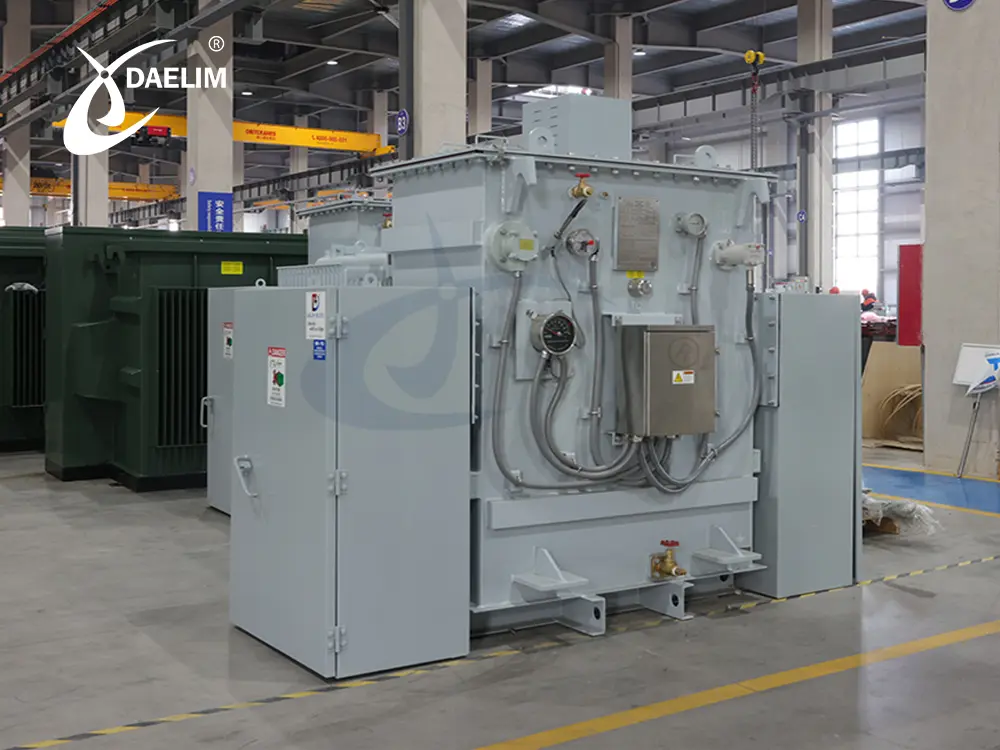
The best, most reliable, and the easiest way to know the oil capacity of a transformer is to read it from its name plate or the instruction handbook that the transformer manufacturer had provided. This will give an exact value of oil in liters or gallons and also the exact type, quality, and even the brand of oil you must use in your transformer.
In any special case where you need to know the transformer oil quantity calculation methods. Then you need to calculate the volume of the transformer tank. Measure is length width and height or have its diameter and height to calculate volume. You also need to consider the volume of fins or radiator that might be designed in your transformer to assist the cooling process. Do the same with the conservator to know the total volume of fluid needed for your transformer tank.
You can cross check this with your transformer manufacturer provided data or typical oil to KVA ratio for transformers. You also need to check the cooling system specification for additional information on oil volume. The cooling system types like ONAN, ONAF, and ONAF have significant impact on oil needed by the transformer.
More resource:What is Transformer Cooling and How is it done?
Transformer oil capacity chart
Following is a transformer oil capacity chart for you know a range of oil quantity in liter needed for any specific transformer
| Transformer Type | Transformer Rating | Oil Capacity (Liters) |
| Small Distribution Transformer | oil capacity of 25 kVA transformer | 70 to 80 liters |
| Small Distribution Transformer | oil capacity of 50 kVA transformer | 100 to 120 liters |
| Small Distribution Transformer | 100 kVA transformer oil capacity | 150 to 180 liters |
| Medium Distribution Transformer | oil capacity of 250 kVA transformer | 300 to 400 liters |
| Medium Distribution Transformer | oil capacity of 500 kVA transformer | 500 to 700 liters |
| Medium Distribution Transformer | 1000 kVA transformer oil capacity | 1,000 to 1,500 liters |
| Large Distribution Transformer | oil capacity of 1000 kVA and above | 1,500 to 2,000 liters |
| Small Power Transformer | oil capacity of 1 MVA transformer | 2,500 to 4,000 liters |
| Small Power Transformer | oil capacity of 10 MVA transformer | 5,000 to 6,000 liters |
| Medium Power Transformer | oil capacity of 25 MVA transformer | 7,000 to 12, 000 liters |
| Large Power Transformer | oil capacity of 50 MVA transformer | 15,000 to 18,000 liters |
Conclusion
Oil capacity of a transformer depends on the transformer type, design, size, capacity, environmental conditions, and on type and quality of oil. There are certain standards like IEC, ASTM, and BS EN that regulate the transformer oil specification and testing methods. To know the exact value of oil capacity of a transformer, it's best to read the transformer nameplate or read the instruction book provided by the transformer manufacturer.
Follow Up
Oil type transformers are the backbone of our electricity distribution system and knowing the oil capacity of transformers is key to their quality maintenance. At Daelim we design, manufacture, supply, and install oil type transformers of all sizes, capacity, and power rating. Our manufacturing and testing do satisfy all the international standards like IEC, ASTM, BS EN and others similar to those.
If you have any query about transformers, do Contact US and we will talk you through the process.
Related Products
Related Article
The Ultimate Guide to Transformer Voltages
Transformers are essential for regulating voltage in power systems, ensuring safe and efficient electricity distribution. They come in various voltage ranges, including low, medium, high, and extra-high voltage for different applications, from residential use to heavy industrial operations. Understanding transformer voltages—such as 240V, 480V, 600V, and renewable energy-specific voltages like 600V and 800V—is crucial for optimizing performance and preventing equipment damage in sectors like manufacturing and energy.
Inside the Transformer: Exploring the Internal Structure
Transformers are complex devices with a core, windings, and cooling systems that regulate electricity efficiently. Their internal structure varies by type, such as oil-filled or dry transformers, featuring specific winding styles (e.g., helical, disc) and cooling mechanisms (e.g., oil-forced, air-natural). Design depends on power ratings, voltage, and application, ensuring optimal performance in power generation and distribution.
Introduction to Auxiliary Transformers
Auxiliary transformers are specialized transformers designed to power auxiliary equipment in power plants, substations, and renewable energy systems. They step down electricity for safe use in sensitive systems, available in dry, oil-immersed, stationary, and portable types. Key features include compact design, efficient cooling, and protective mechanisms, ensuring reliable operation in diverse applications.
Introduction to Transformer Inspection
Transformer inspection is a vital process to ensure the optimal performance, safety, and longevity of electrical transformers. It involves visual checks, electrical testing, thermal imaging, and oil analysis to detect issues early, reduce downtime, and comply with regulations. Advanced tools like sensors, drones, and digital monitoring enhance inspection efficiency and accuracy.
Power Transformer vs Distribution Transformer
Power transformers regulate high-voltage electricity from power plants to distribution centers, operating at maximum load with high efficiency (95-99%). Distribution transformers step down voltage for residential/industrial use, operating at lower loads and efficiency (50-70%). They differ in size, insulation, cooling methods, and applications, ensuring efficient electricity distribution.
Transformer Selection based on How much energy does AI use
AI's rapid growth significantly increases energy demand, with AI systems, data centers, and cryptocurrencies consuming 460 TWh in 2022, expected to double by 2026. Key factors include model complexity, computational infrastructure, and cooling needs. Transformers are crucial for stable, efficient power supply, requiring careful selection for AI's high and fluctuating energy demands.

